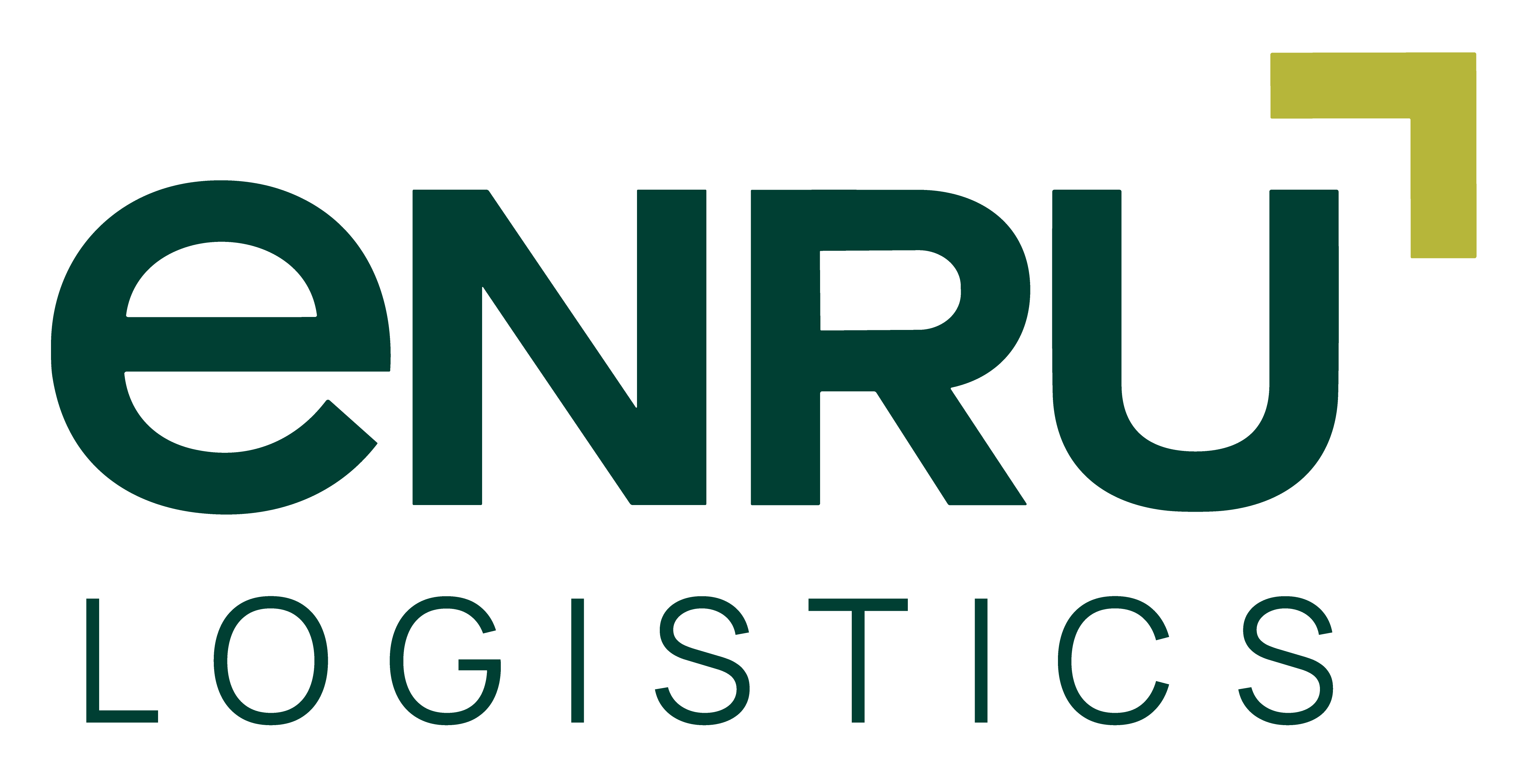Imagine your favorite catalog arriving in the mail, its pages brimming with enticing products, vivid images, and the promise of new discoveries. Now consider the impact if that catalog were to shrink, losing some of its visual allure and tactile engagement. As USPS postal rates rise once again, many marketers are tempted to cut costs by switching to smaller “Slim Jim” catalogs. But is this really the best move for your business?
In this article, we’ll take a closer look at the hidden costs of adopting Slim Jim catalogs compared to their full-size counterparts. We’ll see which format offers the superior ROI and what your best solutions will be for a cost-effective mailing campaign amid rising postal rates.
The USPS Rate Increase 2024
The latest USPS rate hike, effective July 2024, has significant implications for direct mail marketers. For businesses that depend on mailing catalogs, these changes can substantially impact their bottom line.
Here are some of the key rate increases:
Marketing Mail
- Letters: The cost for letters has risen by 6.958%. This affects many marketers who send out frequent mailings to engage with their customers.
- Flats: This category, which includes catalogs, saw an even steeper increase of 11.708%. For catalog marketers, this hike presents a considerable cost challenge.
- Parcels: The rate for parcels increased by 7.790%, impacting businesses that send bulkier items via mail.
Nonprofit Marketing Mail
- Flats: The rate for flats increased by a staggering 16.2%, with high-density flats facing a 23.26% increase. This is particularly crucial for nonprofit organizations that rely on mailing to communicate with donors and supporters efficiently.
These rate changes underscore the need for marketers to find innovative solutions to manage increased postal expenses — without sacrificing the effectiveness of their campaigns.
Comparing Slim Jim Catalogs and Full-Size Catalogs
Catalog marketers have a variety of formats to choose from, each with distinct characteristics that influence their appeal and effectiveness. Two popular types are Slim Jim catalogs and full-size catalogs. While full-size has been the traditional leader, the rising postage rates have led many marketers toward smaller formats like the Slim Jim.
Slim Jim Catalogs
Slim Jim catalogs are smaller in trim size, typically around 6 inches by 11 inches. They are designed to be lightweight and compact, resembling a slim booklet rather than a traditional catalog.
Perceived Pros
- Cost-Effective: Due to their smaller size and lighter weight, Slim Jim catalogs are cheaper to print and mail. This makes them appealing to businesses looking to cut costs.
- Convenient Format: Their compact size makes Slim Jim catalogs easy for recipients to handle and store. They fit neatly in mailboxes and can be quickly scanned.
Perceived Cons
- Limited Space: The smaller format restricts the amount of content that can be displayed. This can limit the visual impact and the amount of product information.
- Less Visual Appeal: With less room for large images and creative layouts, Slim Jim catalogs may not capture the recipient’s attention as effectively.
- Less Prestigious: Some marketers believe that smaller catalogs may convey a less premium image, potentially affecting brand perception.
Full-Size Catalogs
Full-size catalogs are larger, typically around 8.5 inches by 11 inches. They are the traditional format that most consumers associate with catalogs, offering plenty of space for detailed presentations.
Perceived Pros
- Ample Space: The larger format allows for more extensive content, including detailed product descriptions, larger images, and creative layouts.
- Higher Engagement: Full-size catalogs are often seen as more substantial and prestigious. Recipients tend to keep them longer and browse them more thoroughly.
- Enhanced Brand Perception: The premium feel of a full-size catalog can reinforce a brand’s image, making it appear more established and trustworthy.
Perceived Cons
- Higher Costs: Printing and mailing full-size catalogs are more expensive compared to Slim Jim formats. This can be a significant consideration for marketers.
- Bulkier Format: Their larger size can make full-size catalogs more cumbersome to handle and store, potentially deterring some recipients.
While Slim Jim catalogs appear to offer short-term cost savings, full-size catalogs provide a richer and more engaging experience for recipients. Understanding the differences is crucial for marketers in deciding the best format for their campaigns. Let’s explore how these formats actually perform with consumers.
Performance and ROI Comparison
As the marketing environment changes rapidly, marketers are learning from tests and experiments about the performance differences between different formats. These tests provide valuable insights into which version actually performs better.
Testing Slim Jims and Full-Size Catalogs: A Major Cataloger’s Experience
Recently, a major cataloger conducted a comprehensive test to compare the performance of Slim Jim catalogs versus full-size catalogs.
The test involved two identical catalog versions, one in the Slim Jim format and the other in full-size. Both catalogs featured the same covers, offers, merchandise, and pagination to isolate the impact of the format alone. The test targeted lower-score active segments as well as lapsed households. Each segment was evenly distributed to ensure statistically identical audiences across the total send of 120,000 catalogs.
The results were striking.
The full-size catalog generated an estimated additional demand of approximately $26,000 compared to the Slim Jim version. The full-size catalog re-acquired 475 more buyers than the Slim Jim catalog. Despite slightly higher mailing costs for the full-size catalog, its overall performance and ROI was significantly higher. The savings on postage were more than offset by the higher response rate and sales performance of the full-size catalog, let alone expectations of additional value from future purchases.
After studying the results, the cataloger concluded that their best strategy would be to return to full-size catalogs instead of using Slim Jims. That is their plan for the remainder of 2024 as we head into peak season.
The Superior Performance of Full-Size Catalogs
This real-time test matches a wealth of existing data highlighting the advantages of full-size catalogs:
Higher Engagement Rates
- Full-size catalogs engage recipients more effectively, with studies showing an average browsing time of 15.5 minutes per catalog.
- A USPS survey found that 87% of consumers reported increased interest in a retailer’s products after receiving a full-size catalog.
Improved Brand Recall
- Full-size catalogs create a more immersive experience, leading to significantly better brand recall. Approximately 65% of recipients remember a brand after receiving a full-size catalog, compared to 10-20% recall for digital ads.
Superior ROI
- For every $1 spent on full-size catalogs, marketers on average see a return of $3-$9.
- A study by Harvard Business Review noted that adding full-size print catalogs to a marketing mix could yield a 600% ROI when paired with email campaigns.
- Customers who received full-size catalogs from J.Crew spent 2.5 times more than those who only received digital promotions.
The consistent and compelling evidence shows that full-size catalogs beat Slim Jim catalogs in terms of user engagement, brand recall, and ROI. While Slim Jim catalogs may offer initial cost savings on printing and mailing, these are outweighed by the differences in performance.
So as postage rates continue to climb, is there a way to reduce costs? Or do we have to choose between ever thinner margins and price increases? As it so happens, there is a better way.
Enru’s High-Density Co-Mail Optimization Program
Enru’s High-Density Co-Mail Optimization Program offers a compelling answer to this challenge, enabling catalog marketers to maintain their impactful full-size catalogs while reducing postal expenses.
What Are High-Density Pools?
High-density pools involve the strategic consolidation of mail from multiple mailers. Enru collects catalogs and magazines from various businesses and uses advanced sorting technology to group these items by zip code. This process allows Enru to optimize the delivery routes, significantly reducing the number of postal handling steps required before the mail reaches its final destination.
Benefits for Catalog Marketers
Enru’s High-Density Co-Mail Optimization Program offers several key benefits that can help catalog marketers manage postal rate increases effectively while maintaining high engagement and ROI from their full-size catalogs:
- Significant Postage Cost Savings: By leveraging the USPS workshare discount program, Enru’s high-density pools can drastically reduce postage costs. This is achieved by doing much of USPS’s sorting and transportation work for them.
- Efficiency and Predictability: Enru’s proprietary technology ensures that the sorting and consolidation process is highly efficient and predictable, leading to more reliable delivery schedules. This helps marketers plan their campaigns with greater precision.
- Maintaining Full-Size Catalogs: The cost savings provided by high-density pools allow marketers to continue using full-size catalogs without facing prohibitive postal costs. This means that they can benefit from the higher engagement and superior ROI.
- Scalability for Different Volumes: Whether you’re a small business or a large enterprise, Enru’s high-density pools can accommodate varying volumes of mail. This scalability allows businesses of all sizes to benefit from the program’s cost-savings.
Maximize Your Marketing Impact with Enru
In a landscape of rising postal rates, it’s more important than ever for catalog marketers to make strategic decisions that maximize both their budget and their marketing impact.
Don’t let rising postal costs force you to compromise on your marketing strategy. With Enru’s High-Density Co-Mail Optimization Program, you can keep your full-size catalog programs intact, leveraging their proven effectiveness without breaking the bank.
Contact Enru today to learn how our high-density pools can help you manage postal rate increases and maintain the high ROI of your catalog marketing campaigns. Our experts can help you optimize your mailing strategy for maximum impact and cost savings.


